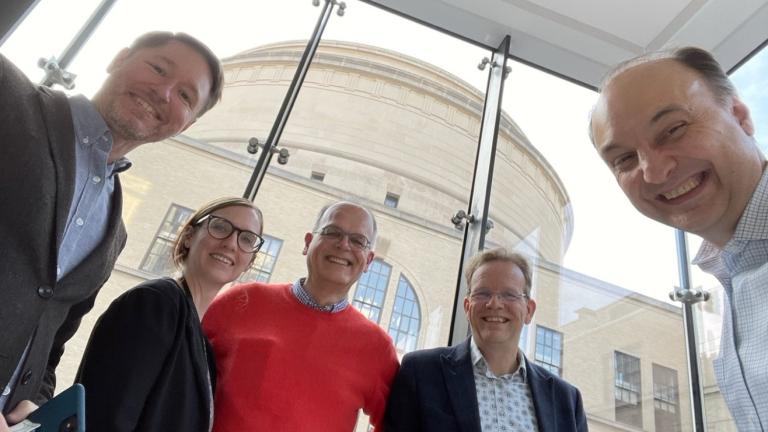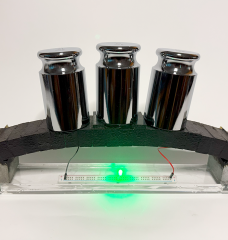
MIT.nano has announced that Shell, a global group of energy and petrochemical companies, has joined the MIT.nano Consortium.
“With an international perspective on the world’s energy challenges, Shell is an exciting addition to the MIT.nano Consortium,” says Vladimir Bulović, the founding faculty director of MIT.nano and the Fariborz Maseeh (1990) Professor of Emerging Technologies. “The quest to build a sustainable energy future will require creative thinking backed by broad and deep expertise that our Shell colleagues bring. They will be insightful collaborators for the MIT community and for our member companies as we work together to explore innovative technology strategies.”
Founded in 1907 when Shell Transport and Trading Co. merged with Royal Dutch, Shell has more than a century’s worth of experience in the exploration, production, refining, and marketing of oil and natural gas and the manufacturing and marketing of chemicals. Operating in over 70 countries, Shell has set a target to become a net-zero emissions energy business by 2050. To achieve this, Shell is supporting developments of low-carbon energy solutions such as biofuels, hydrogen, charging for electric vehicles, and electricity generated by solar and wind power.
“In line with our Powering Progress strategy, our research efforts to become a net-zero emission energy company by 2050 will require intense collaboration with academic leaders across a wide range of disciplines,” says Rolf van Benthem, Shell’s chief scientist for materials science. “We look forward to engaging with the top-notch PIs [principal investigators] at MIT.nano who excel in fields like materials design and nanoscale characterization for use in energy applications and carbon utilization. Together we can work on truly sustainable solutions for our society.”
Shell has been engaged in research collaborations with MIT since 2002 and is a founding member of the MIT Energy Initiative (MITEI). Recent MIT projects supported by Shell include an urban building energy model with the MIT Sustainable Design Laboratory that explores energy-saving building retrofits, a study of the role and impact of hydrogen-based technology pathways with MITEI, and a materials science and engineering project to design better batteries for electric vehicles.
The MIT.nano Consortium is a platform for academia-industry collaboration centered around research and innovation emerging from nanoscale science and engineering at MIT. Through activities that include quarterly industry consortium meetings, Shell will gain insight into the work of MIT.nano’s community of users and provide advice to help guide and advance nanoscale innovations at MIT alongside the 11 other consortium companies:
- Analog Devices;
- Draper;
- Edwards;
- Fujikura;
- IBM Research;
- Lam Research;
- NC;
- NEC;
- Raith;
- UpNano; and
- Viavi Solutions.
MIT.nano continues to welcome new companies as sustaining members. For more details, visit the MIT.nano Consortium page.






